We have all had a flip phone back in the day, and when I say flip phone you’re probably thinking of a simple phone from a decade ago that could place phone calls and maybe send a text or two.
You were not thinking of a device like ZTE’s new Axon M, which is a full-featured smartphone that happens to have not one, but two full-size displays.
A flip phone the other way
Oh yeah, and there’s a hinge that connects the two displays, making the Axon M a flip phone of sorts.
On the surface, the Axon M is a fairly run-of-the-mill Android smartphone. Its front screen is a 5.2″, 1080p panel, it has last year’s Qualcomm Snapdragon 821 processor, 4GB of RAM, and a 20MP camera.
But flip the phone over and there’s an identical 5.2″ display on the back, making the Axon M anything but run-of-the-mill.
The M’s hinge allows the rear screen to flip forward and slot right next to the main display, creating an almost tablet sized canvas.
You can stretch the home screen and apps across the two displays for a larger working area, or you can run two different apps at the same time, one on each screen.
You can also ‘tent’ the phone, and mirror the displays so two people can see the same content at the same time.
ZTE says that it is utilizing Android’s default split-screen features to enable many of the dual-screen functions, and it has made sure the ‘top 100’ Android apps work on the phone.
In the ‘extended’ mode, which stretches a single app across both screens, the tablet version of the app is presented (provided there is one, which isn’t always a guarantee with Android apps).
It’s even possible to stream video on both screens at the same time and switch the audio between them on the fly, which might be useful if you want to watch a sports game and YouTube at the same time.
Not the first of its kind…
Believe it or not, ZTE is not the first company to attempt this kind of design.
The ill-fated Kyocera Echo from 2011 had a similar dual-screen set up and a hinge that let you put both screens side-by-side.
It did not offer a great user experience and Kyocera never even released a successor. But ZTE contends that this idea is better now because phone processors are a lot more powerful and software features, such as Android’s split-screen multitasking, are better suited to take advantage of this unique form factor.
Should you keep the second screen folded back against the phone, you can use the Axon M like any other smartphone.
It has Gorilla Glass 5 on each display, but you might want to be careful how you’re handling the device, especially when you put it down, so as to prevent scratches to the back, which, is a screen.
ZTE says that the 3,180mAh battery is designed to provide a full day’s use between charges, even with the second screen using more juice than a standard phone might.
Those dual-screen capabilities come at an obvious cost, however, as the Axon M is 12.1mm thick and weighs 230 grams.
For comparison, the Google Pixel 2 with its single 5″ screen is 7.8mm thick and weights 143 grams.
ZTE will initially be selling the Axon M with AT&T in the US and Docomo in Japan and it is expected to be available before the end of the year.
Though the company stresses that it is not designed to be a replacement for the single-screen Axon 7, it will be priced similarly to other premium smartphones.

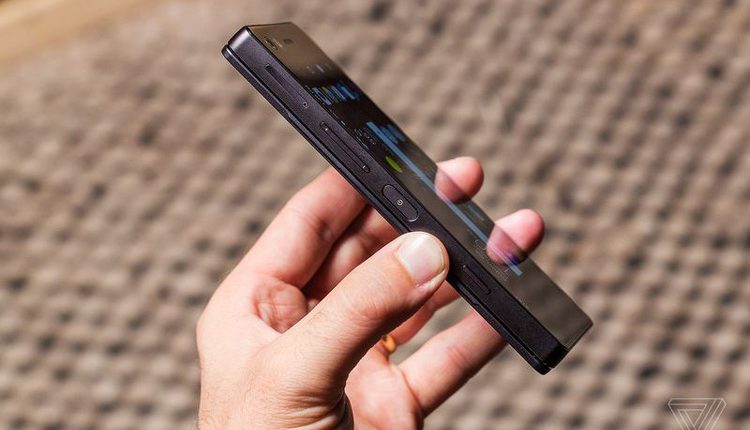
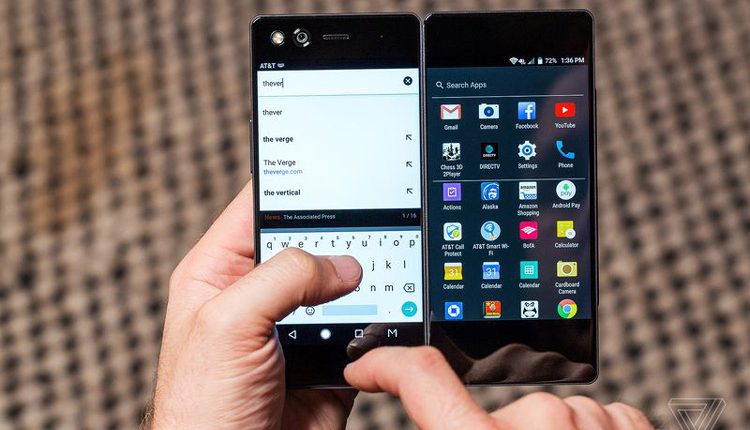
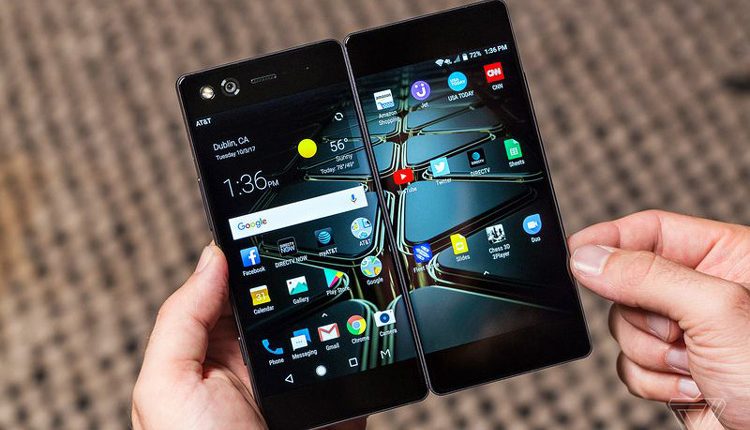
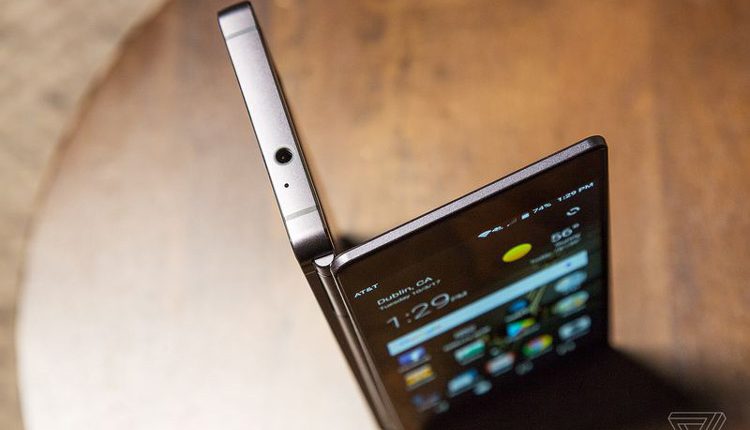
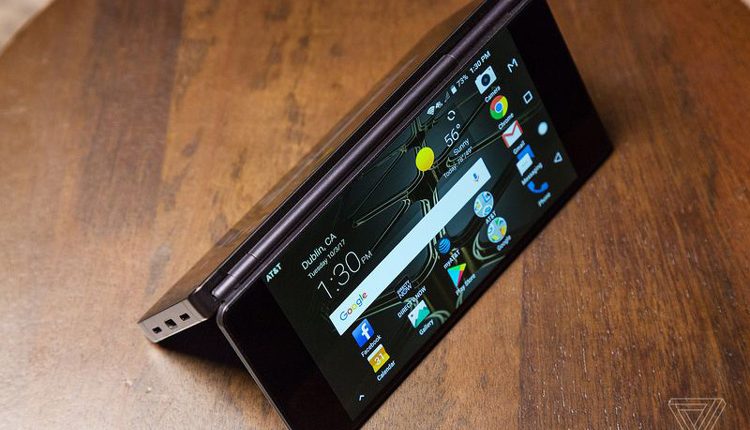
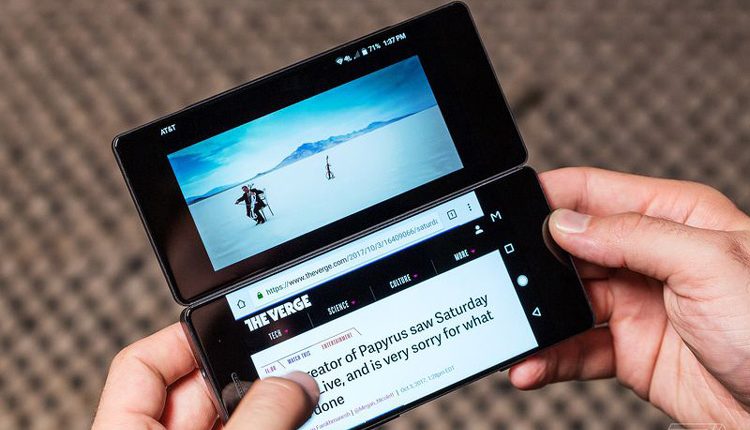
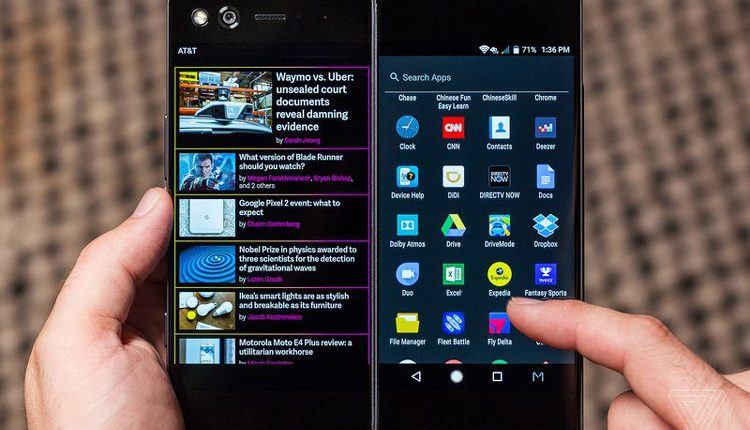
Comments are closed, but trackbacks and pingbacks are open.